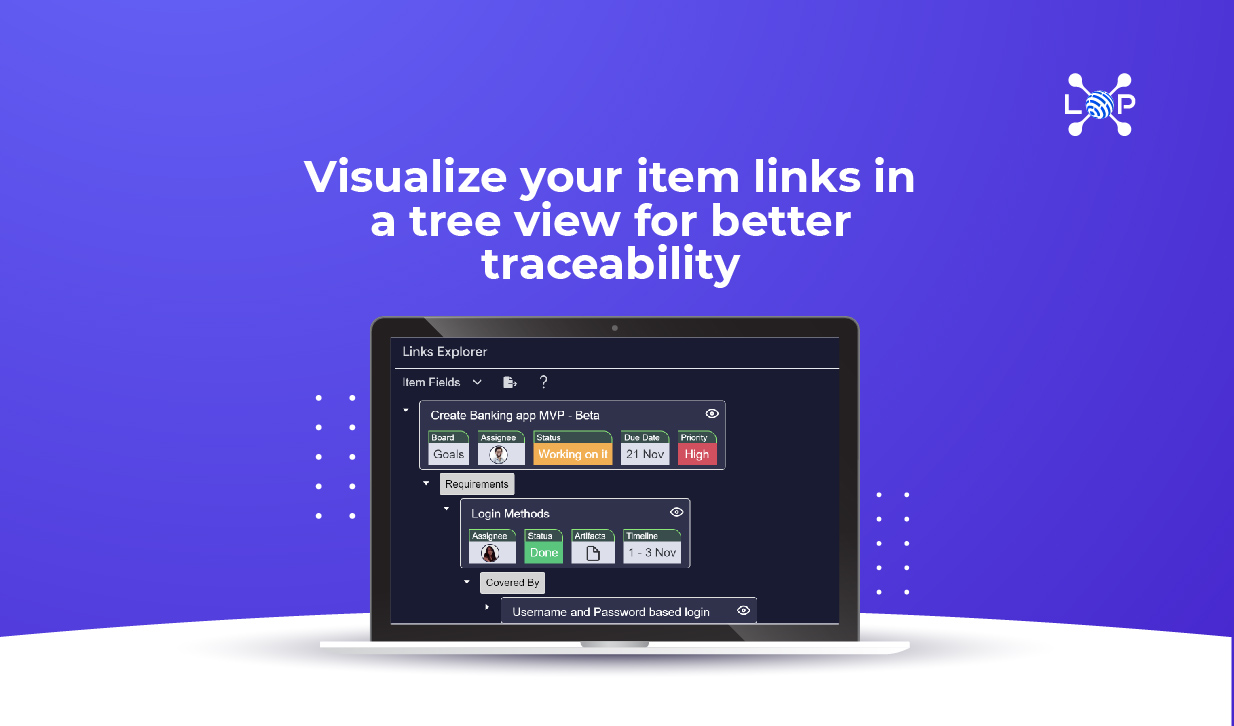

Have you ever felt like requirements and reality drifted apart in your project? Are you frustrated by missing links between ideas and execution? Then buckle up because requirement traceability is your new best friend.
Requirement traceability is crucial to ensuring projects stay on track and meet objectives. Let's delve into the essentials of requirement traceability and how it can streamline your projects.

Imagine a roadmap where every point links to its destination. That's traceability! It's about tracking connections between project elements, especially requirements (what needs to be done) and how they're implemented. It involves linking various artifacts such as requirements, design documents, test cases, and issues to ensure alignment and transparency across the project.

A traceability matrix is a structured tool to map relationships between project artifacts. Requirements Traceability Matrix provides a clear overview of how requirements align with other project elements, such as design, implementation, and testing.
Many project management tools offer traceability features. Jira, a popular choice, has built-in linking capabilities. You can link requirements to tasks, test cases, and issues, creating a basic traceability framework.
However, dedicated traceability tools offer more depth and automation for complex projects. They can:
LXP by Optimizory takes requirement traceability to the next level. LXP simplifies the requirements traceability matrix by offering seamless integration with project management tools like Jira. It enables teams to create and maintain a requirements traceability matrix directly within Jira, enhancing collaboration and visibility across the project.
It provides a comprehensive traceability matrix project management platform for managing all project elements, including:
LXP goes beyond traditional tools by offering:
With LXP, you can create a single source of truth for your project, ensuring everyone has access to the latest information and smooth sailing from start to finish.

LXP empowers teams to track requirements from inception to delivery, ensuring that each stage of the project is aligned with the overarching goals. By providing real-time insights and analytics on Jira requirements traceability, LXP facilitates informed decision-making and drives project success.
Integrating the requirements traceability matrix in Jira enhances project transparency and efficiency. With features like customizable workflows and automated reporting, teams can easily track requirements, identify dependencies, and address issues proactively.
The benefits of traceability tool extend far beyond project management:
In conclusion, requirement traceability is a cornerstone of effective project management. By leveraging tools like LXP by Optimizory, teams can achieve end-to-end traceability and ensure project success. With clear visibility into requirements and their relationships, organizations can navigate complex projects with confidence and efficiency.
Embrace requirement traceability as a guiding principle, and watch your projects thrive from inception to completion.